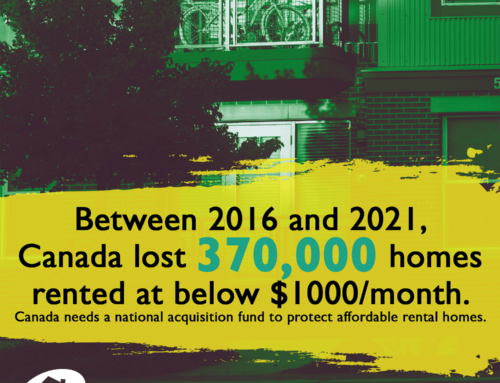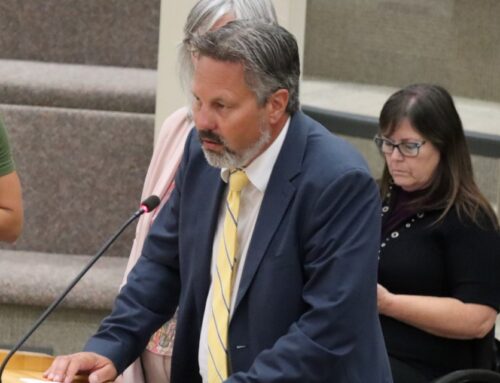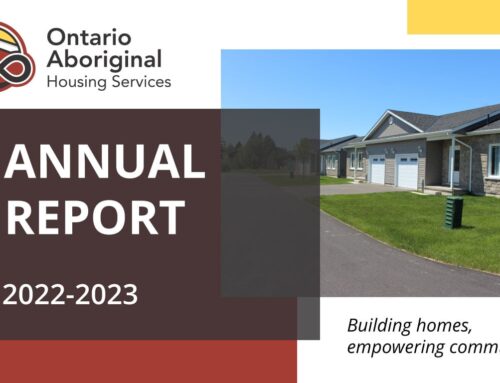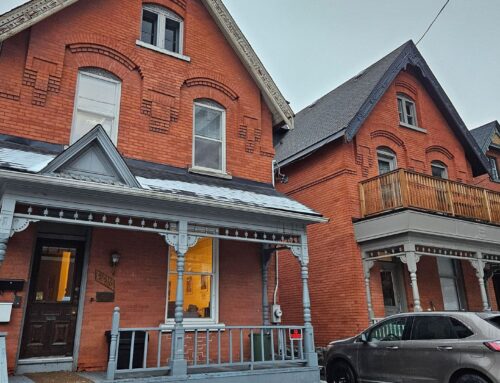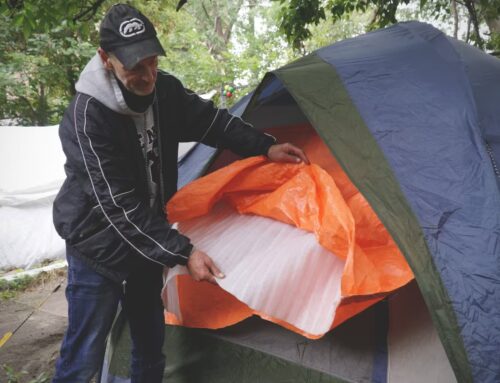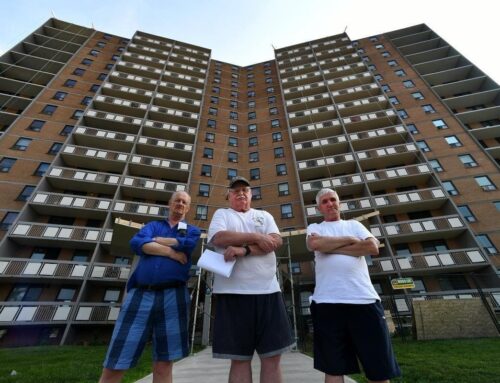Published on June 18, 2024 by Canadian Dimension
Every day more Canadians are being pressed into homelessness. Shelters are overflowing. Tent cities are ubiquitous. Diseases more commonly associated with refugee camps have popped up with alarming frequency in inner-cities across the country. The numbers are devastating: up to 300,000 Canadians will experience homelessness this year—a substantial increase from the 235,000 who were homeless in 2016. Cities are scrambling to find solutions; sanctioned encampments, increased shelter capacity, forced removal by police. Nothing is working.
It’s a crisis the federal government has been trying to solve. In 2017 the Government of Canada launched the multi-billion dollar Reaching Home Initiative, which funded Housing First-oriented programming across the country. Housing First focuses on providing unconditional, permanent housing as quickly as possible to people experiencing homelessness, and connecting them with other supportive services afterward. It is a well-researched policy approach with a long track record of successfully reducing homelessness in North America and Europe.
It should have worked here, too.
Despite the tens of thousands of people housed by dedicated teams of social workers, more people are homeless now than ever before. It turns out Housing First can only end homelessness if people can be housed sustainably. No amount of time and money spent putting people into homes can compensate for an investor-captured housing market that pushes them out again.
*Photo by Jarrett E. Hather/Flickr.












